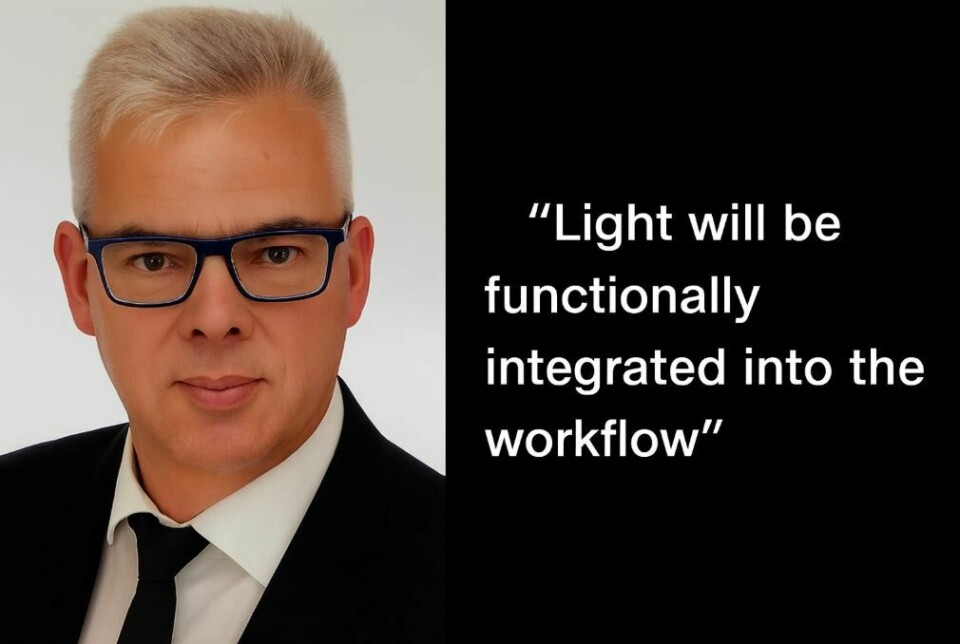Software Defined Vehicles
Interview with Stefan Menninger, Preh
“Light will be functionally integrated into the workflow”

Light in the vehicle interior is increasingly becoming an intelligent interface: Stefan Menninger from Preh explains how interdisciplinary thinking, embedded software, and system integration enable the next generation of connected interior lighting.
Stefan Menninger, Head of Pre-Development & Product Management at Preh, brings an exceptionally broad background of experience to the automotive world. The trained embedded software developer spent around twenty years in medical technology, where he worked on dialysis machines, ventilation systems, and diagnostic solutions, among other things.
In 2014, he moved to Preh, initially taking over the management of hardware development for national customers and later the BMW customer R&D centre. Ahead of this year's Automotive Interior Lighting Conference, where he will appear as a keynote speaker alongside his colleague Johannes Dünninger, we asked him three questions.
ADT: We are in the midst of a dynamic and disruptive decade for the automotive industry. In your opinion, what are the biggest challenges that the interior lighting sector will face in the next five years?
Menninger: We are only at the beginning of a fundamental change. OEMs are already using light and lighting scenarios as an important differentiator, but the approach differs significantly from traditional, specification-oriented development processes. Often, a visionary target image is worked towards without comprehensive technical specifications or organisational structures and experience already existing for it. The central challenge of the coming years is to integrate light across different materials, surfaces, and components in such a way that the interior is perceived as a harmonious, cohesive experience. At the same time, light will be much more than just a design element in the future: it will be functionally integrated into the workflow. Topics such as warnings, “function on demand”, adaptive light, or guidance concepts will network lighting systems with control elements, sensors, and software. This blurs the boundaries between design, electronics, and HMI development towards interdisciplinary collaboration, for which neither the current expert roles nor the company structures at OEMs and suppliers are designed.
You bring a unique background from medical technology to the automotive sector. How has this experience shaped your perspective on innovation and system design at Preh?
In medical technology, the human being is at the absolute centre. Especially in diagnostic medicine, innovation is based on the combination of medicine, physics and - increasingly - mathematical methods that are implemented in software. This has not only improved the precision and thus the benefit of many diagnostic systems, but multiplied it. This way of thinking also shapes my work at Preh: interdisciplinary and systemic thinking are crucial. Successful products are created where hardware, software and algorithms are conceived together - with the aim of designing complex systems to be intuitively operable and provide real added value for the user. I transfer this understanding to the automotive sector: the driver - similar to the patient in medicine - is once again more in focus, while technological precision and intelligent software in the background ensure that the experience feels safe, efficient and natural and just feels right.
How does Preh want to position itself in the field of interior lighting - and what opportunities do you see for new concepts that combine light with HMI and user experience?
We are already observing an increasing market differentiation: "One fits all" will not be the right strategy, especially in the field of lighting. Expectations and design languages differ significantly between Europe, North America, Asia, and other regions. Preh positions itself here as a system partner that develops tailor-made solutions together with OEMs - supported by simulation, mathematical models, and many years of experience in HMI, electronics, mechanics, software, and functional safety. Our goal is to understand light not in isolation, but as an integral part of the user experience - as an interface between design, function, and interaction. Our experience shows that building prototypes together with customers and partners is particularly effective in defining a solution concept together. Through iterative development cycles with real test and correction loops, we ensure that simulation and real perception are brought together - and thus lighting solutions are created that are both technically precise and emotionally convincing and can still be realised in a short time.


